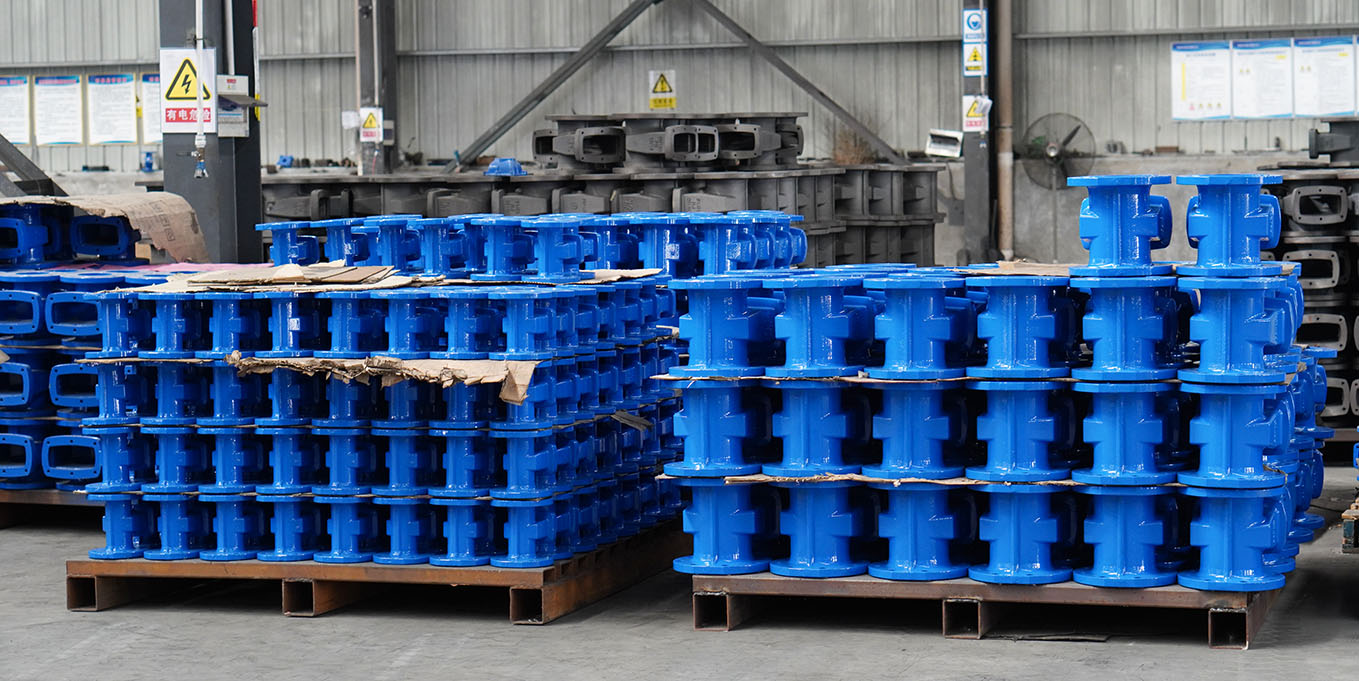First determine the nature of the fluid in the pipeline, whether it is liquid, gas, or solid; whether it is neutral, corrosive, viscous, suspended particles, vacuum, high pressure, or powder; then determine whether the function of the valve requires only opening and closing, or whether it is required Accurately control the flow, or need to reverse the flow, etc.
From a functional point of view, stop valves are more suitable for pipelines that need to control flow; butterfly valves and ball valves are more suitable for open/closed pipelines because the flow path is straight, with small flow resistance and rapid opening and closing; it can also be used for flow control; Gate valves are not suitable for flow control. Ball valves and plug valves are mostly used for reversing valves, because they can have multiple channels.
From the nature of the fluid medium, each valve has its suitable and unsuitable objects. Simply put, the lower gate valve, ball valve, butterfly valve and stop valve: the gate valve can be used for high temperature and high pressure, but also for low temperature and low pressure, but it is not suitable for conveying mud and other media with suspended particles. The butterfly valve has a simple structure, opens and closes quickly, and is suitable for a variety of media, including media with suspended particles and powdered media, but not suitable for high temperature, high pressure and high tightness requirements; the flow rate adjustment range is small. The ball valve can be used for corrosive media and low temperature media because it will not be stuck; however, it is not suitable for high temperature due to the sealing material. The stop valve has a higher temperature resistance level, and the steam valve is mostly used as a stop valve. Medium (food, medicine, etc.) with higher sanitation requirements uses butterfly valves and diaphragm valves.
